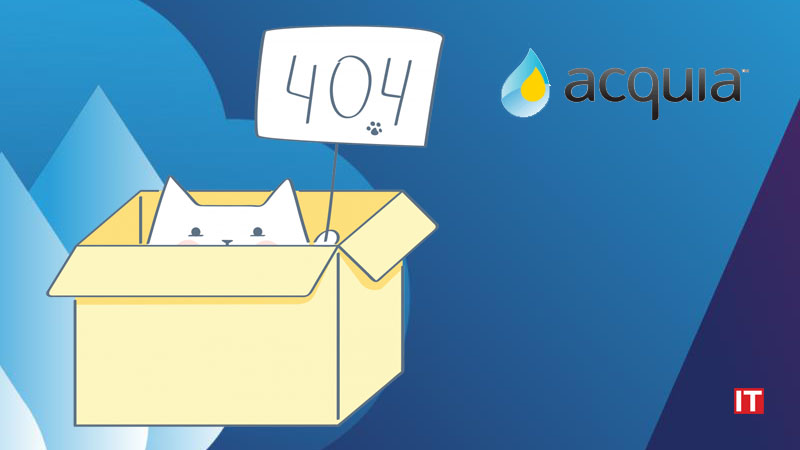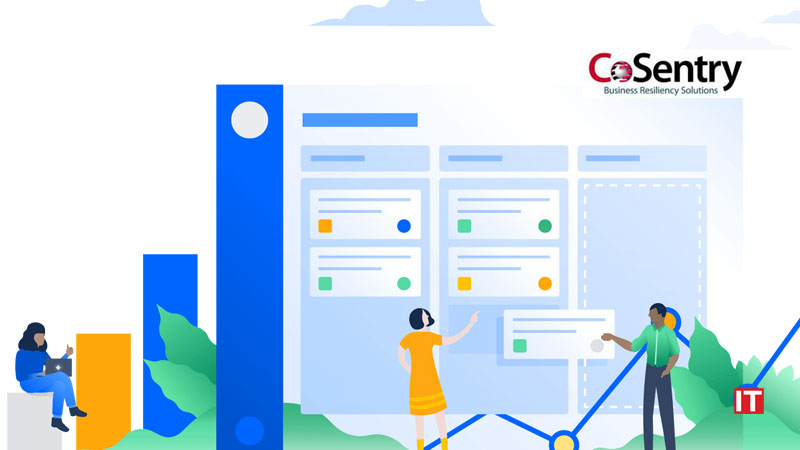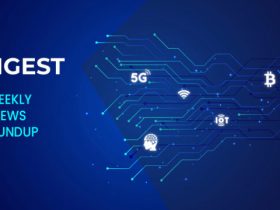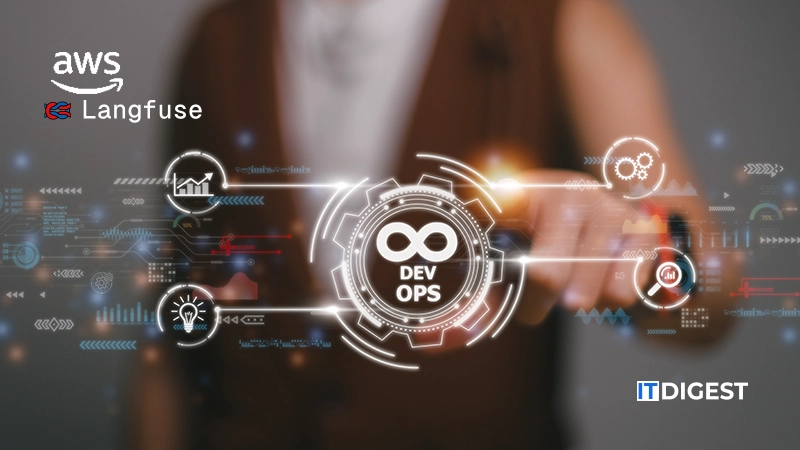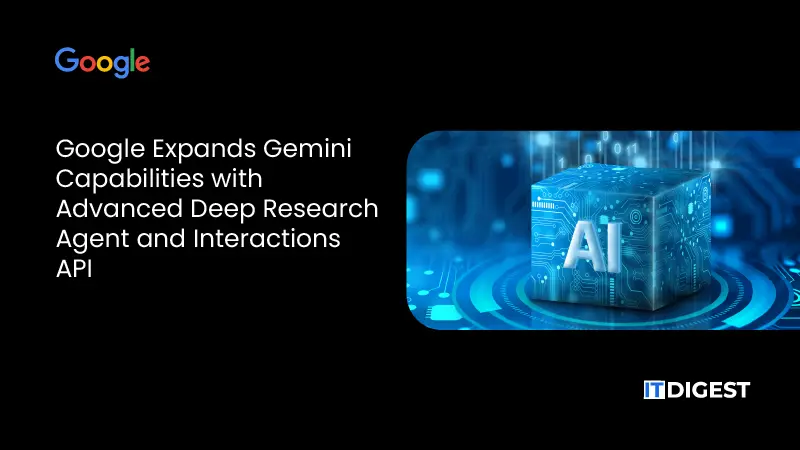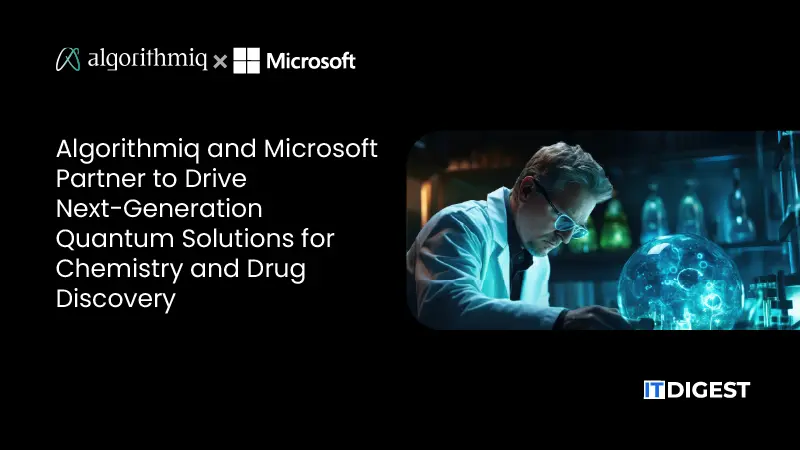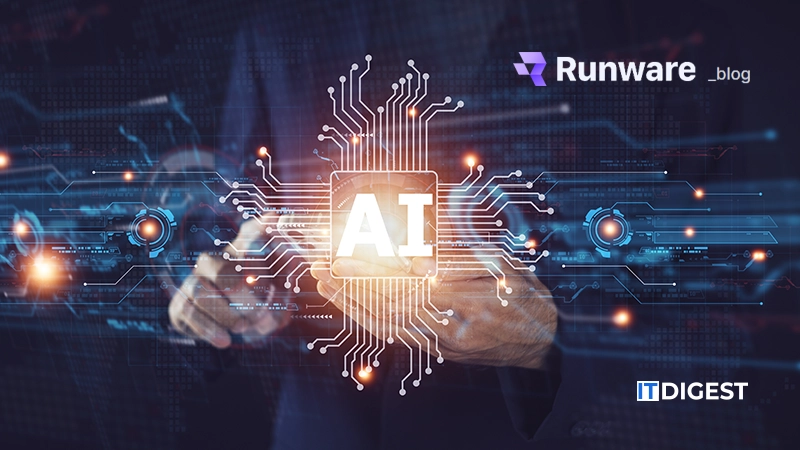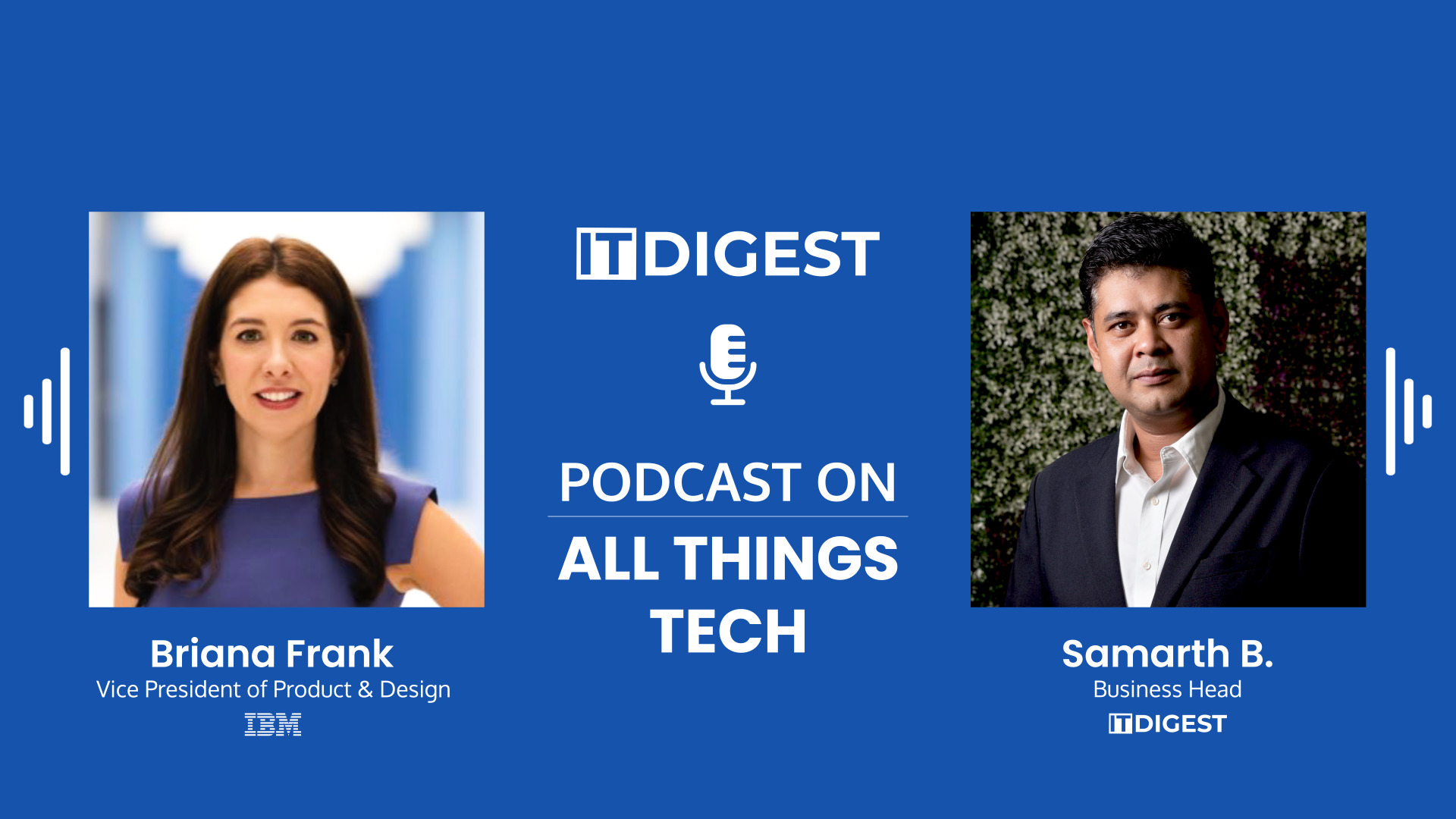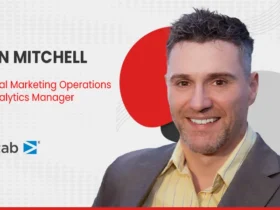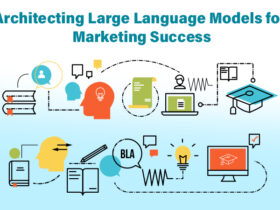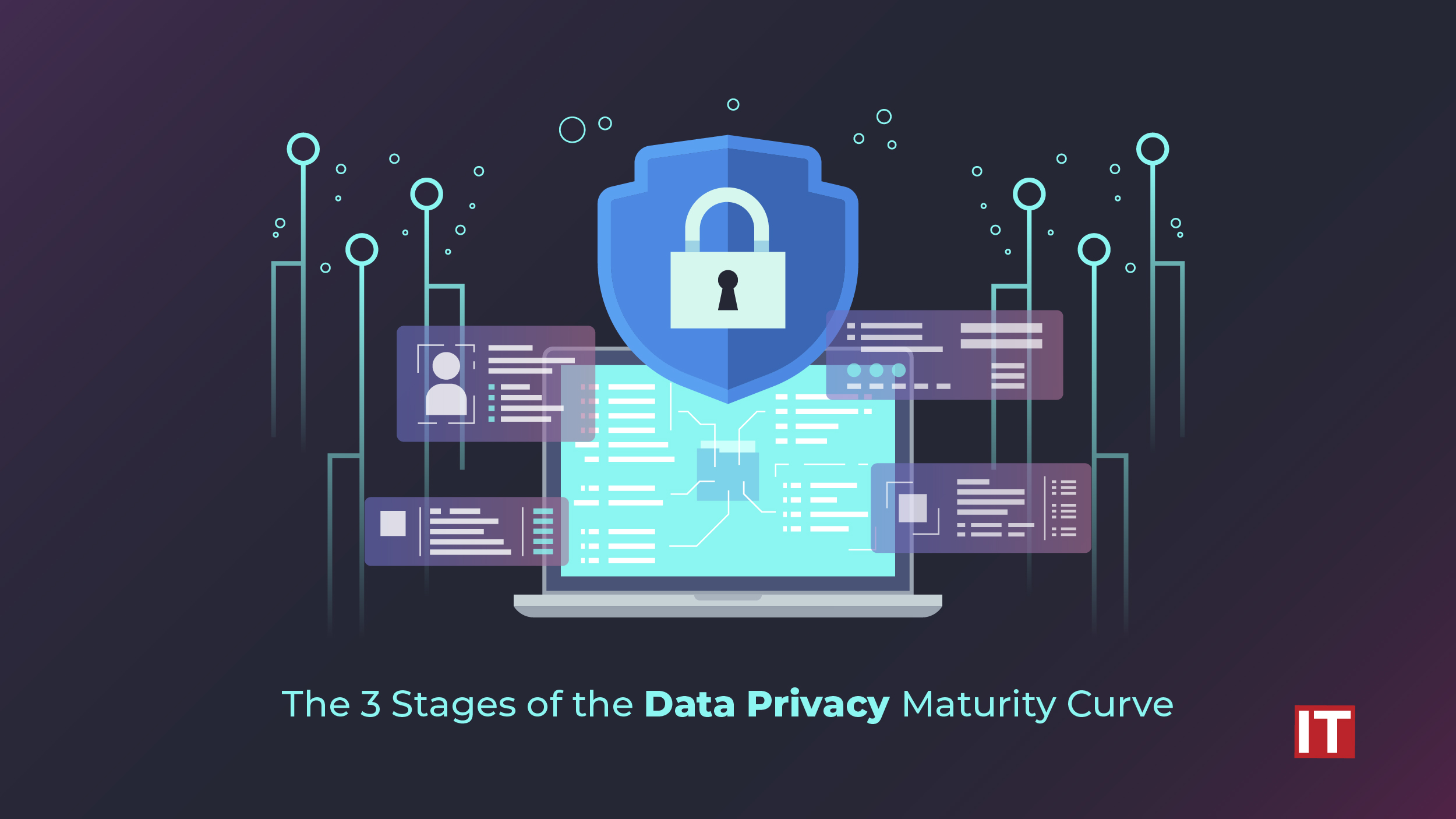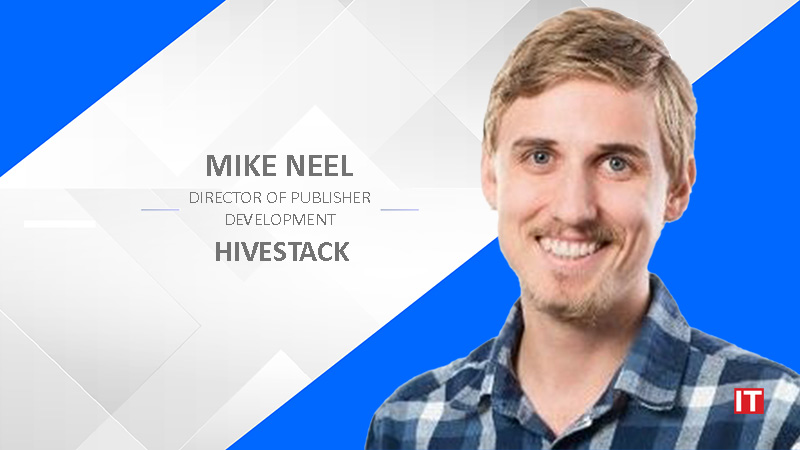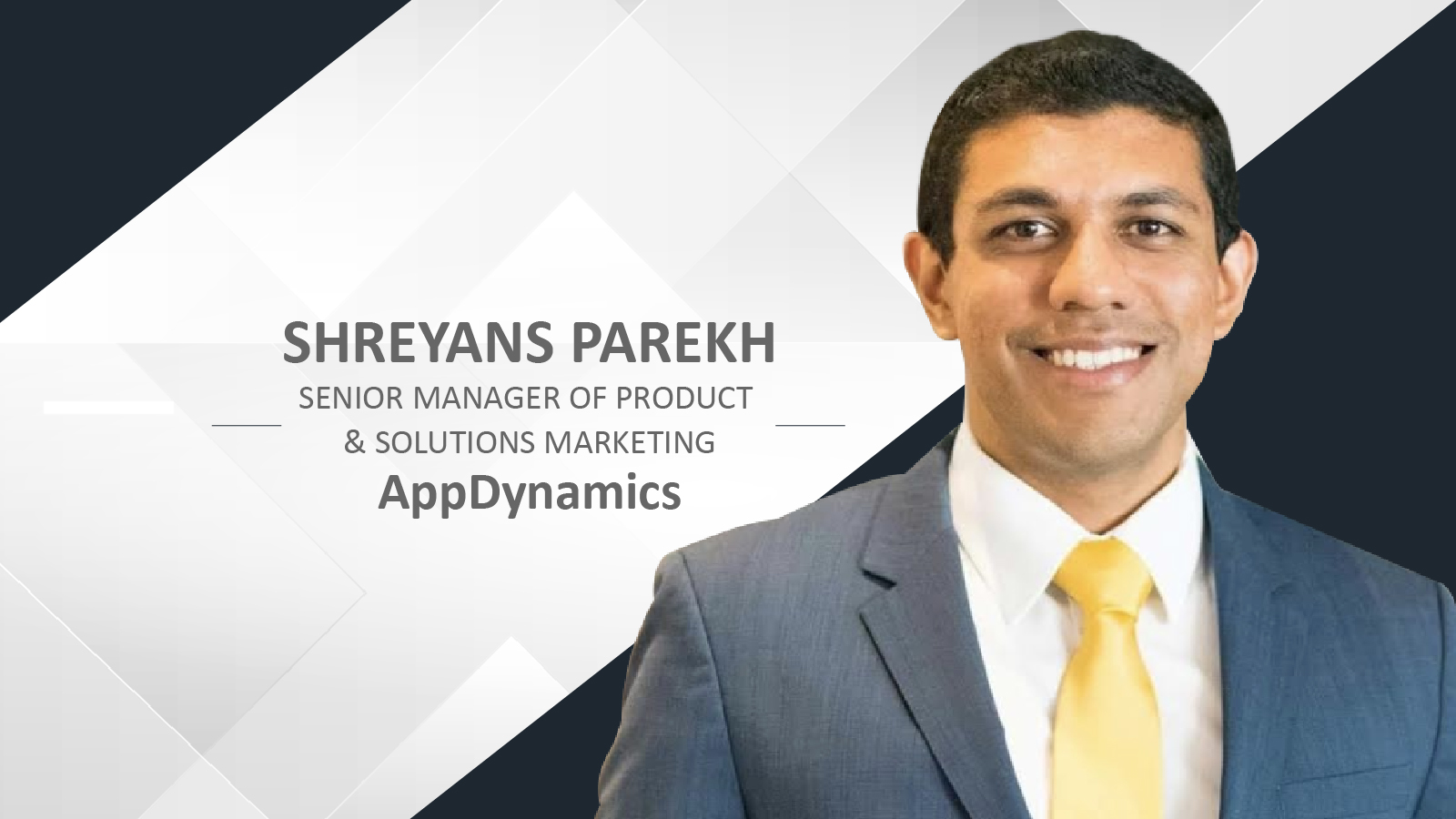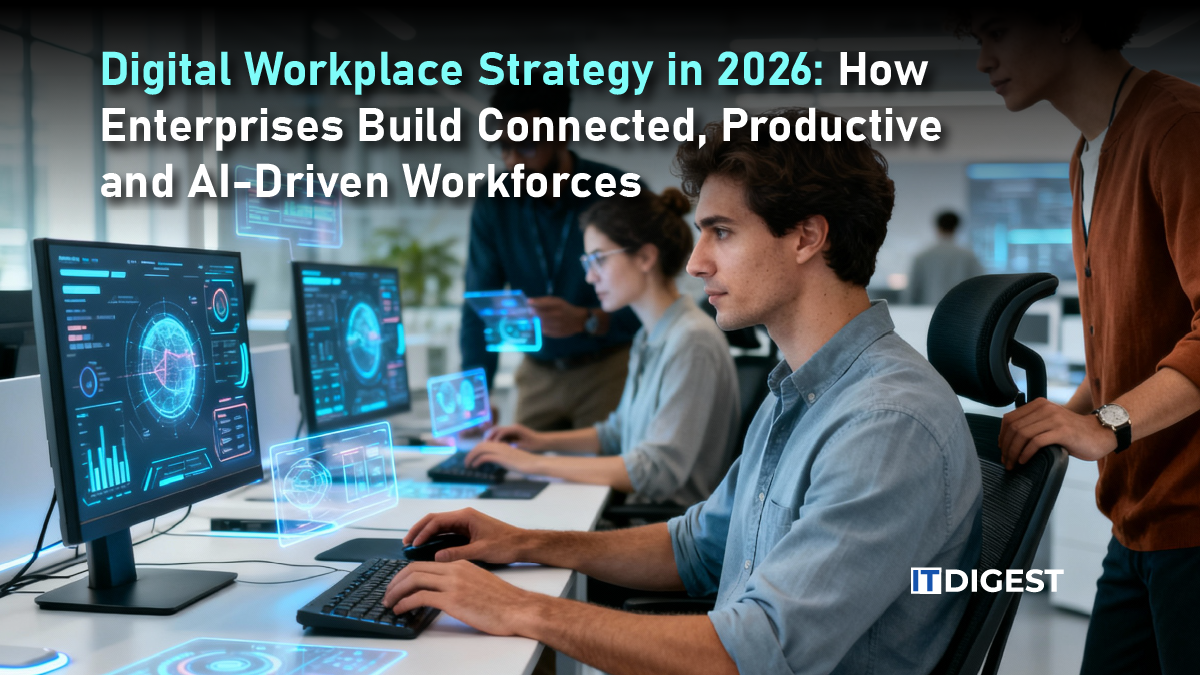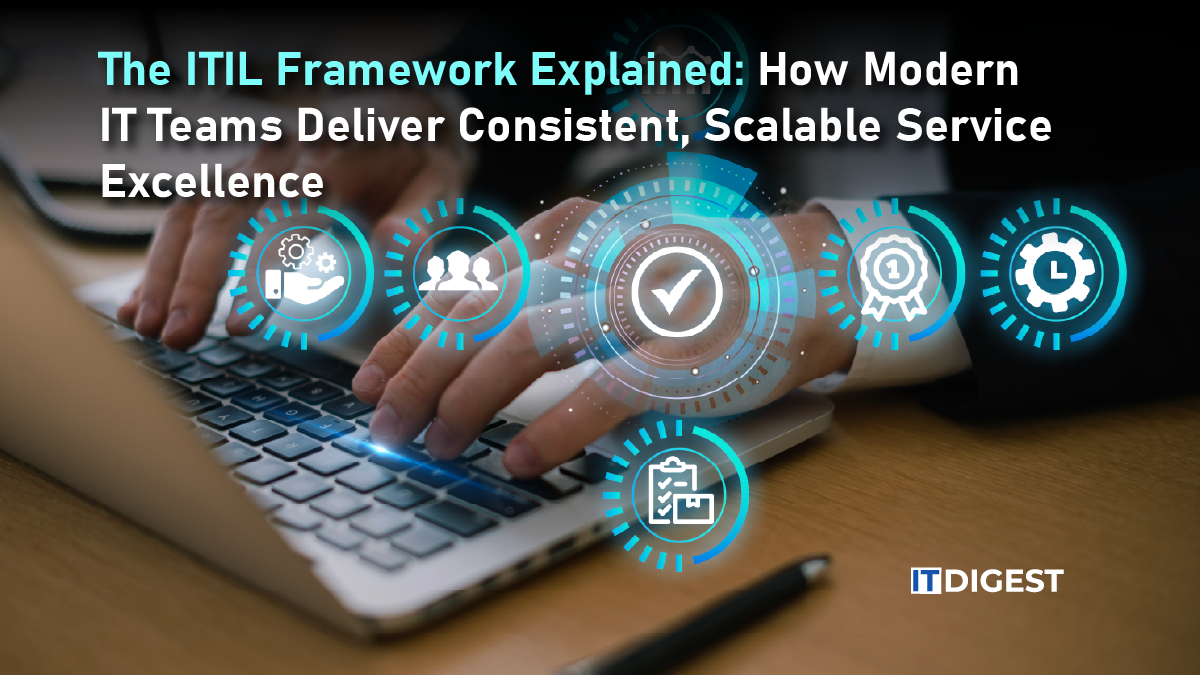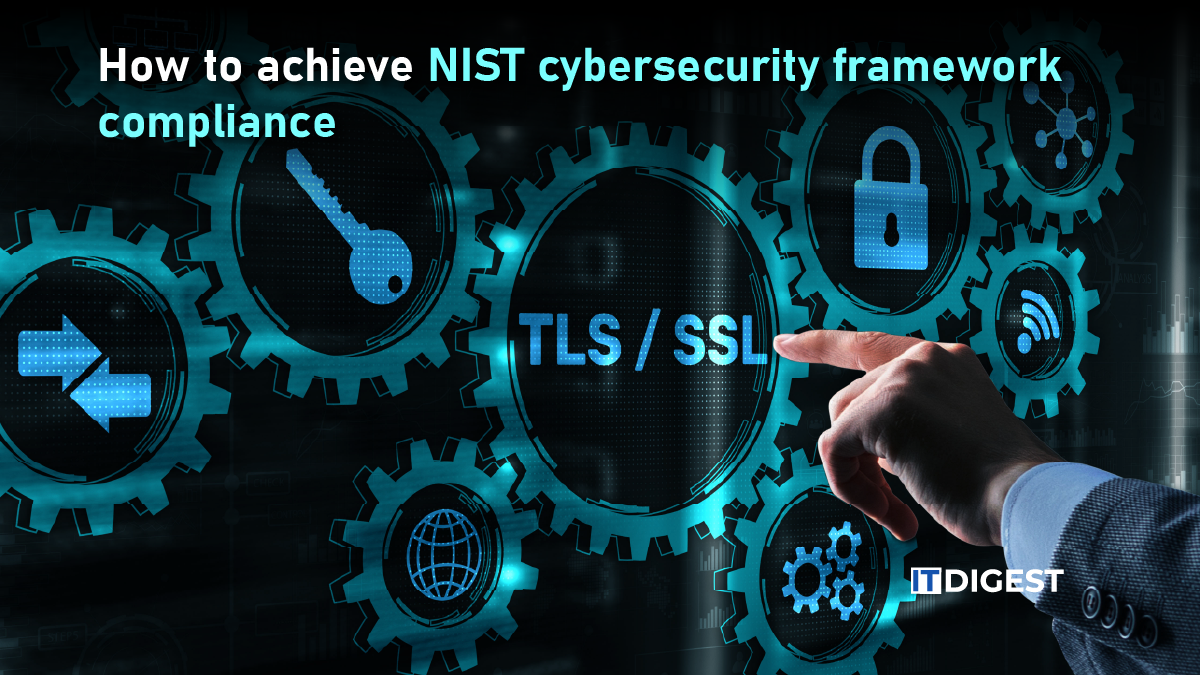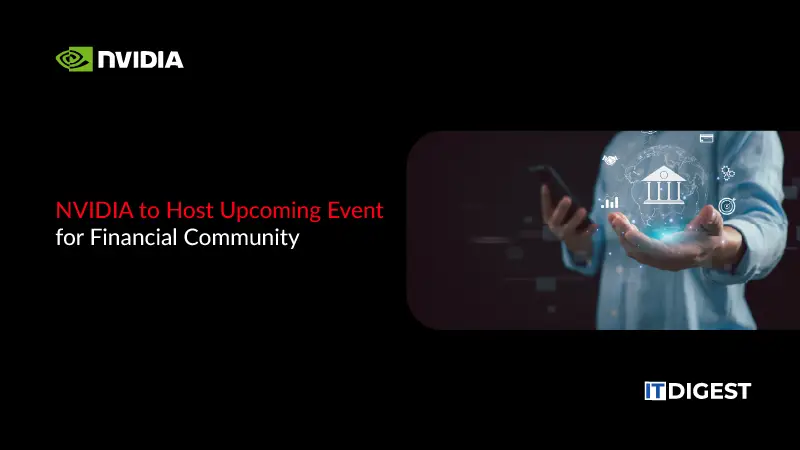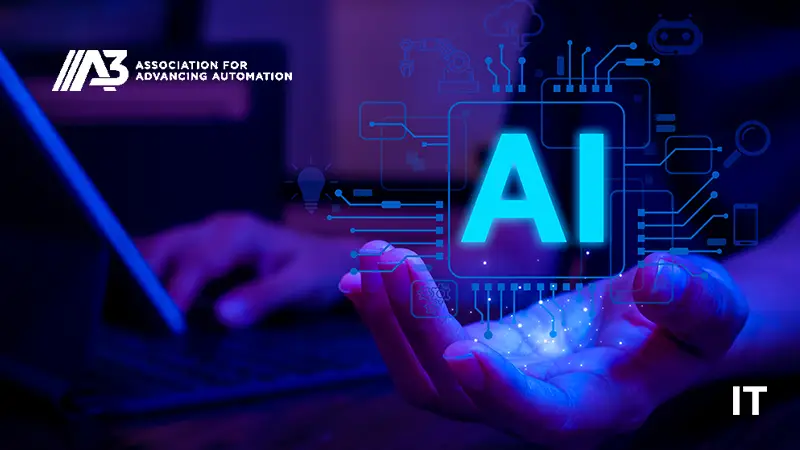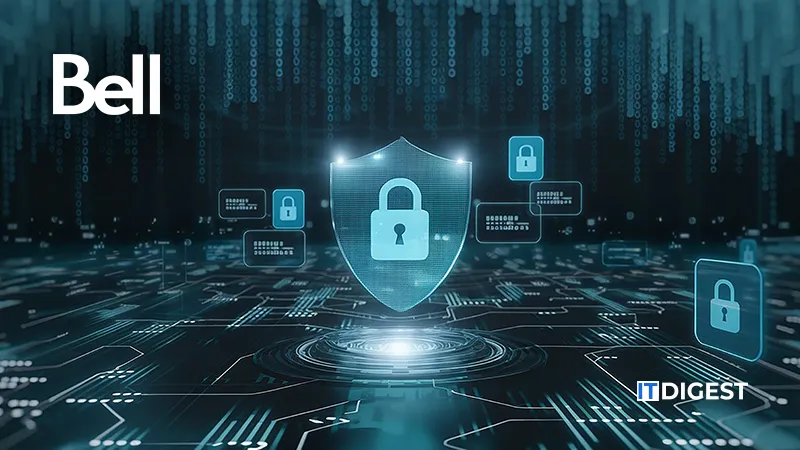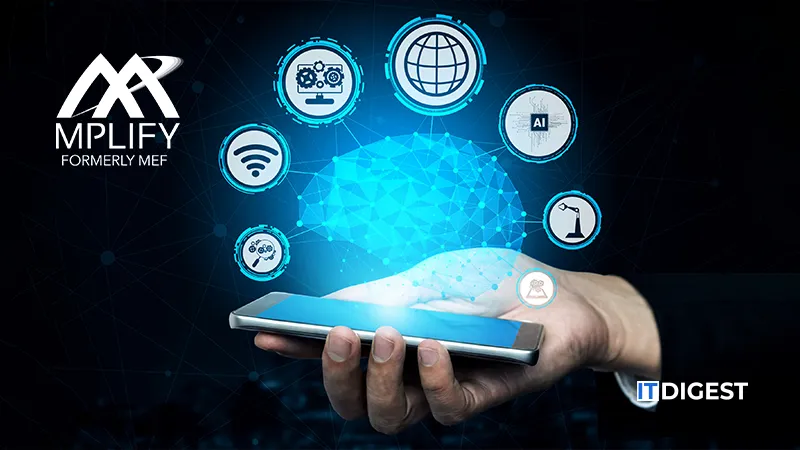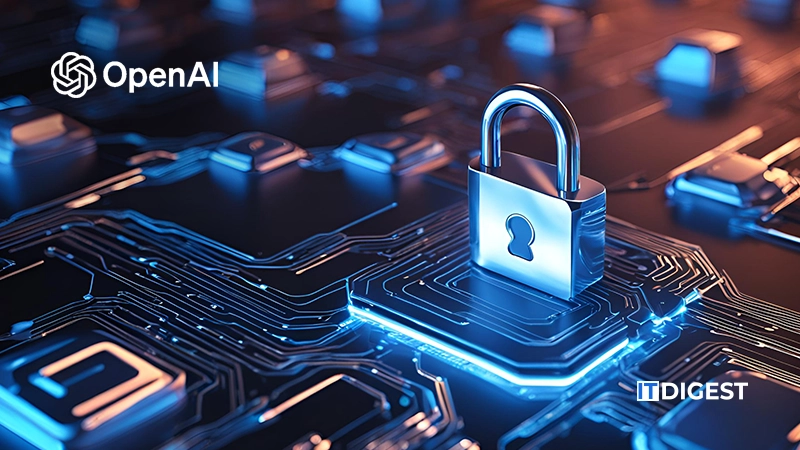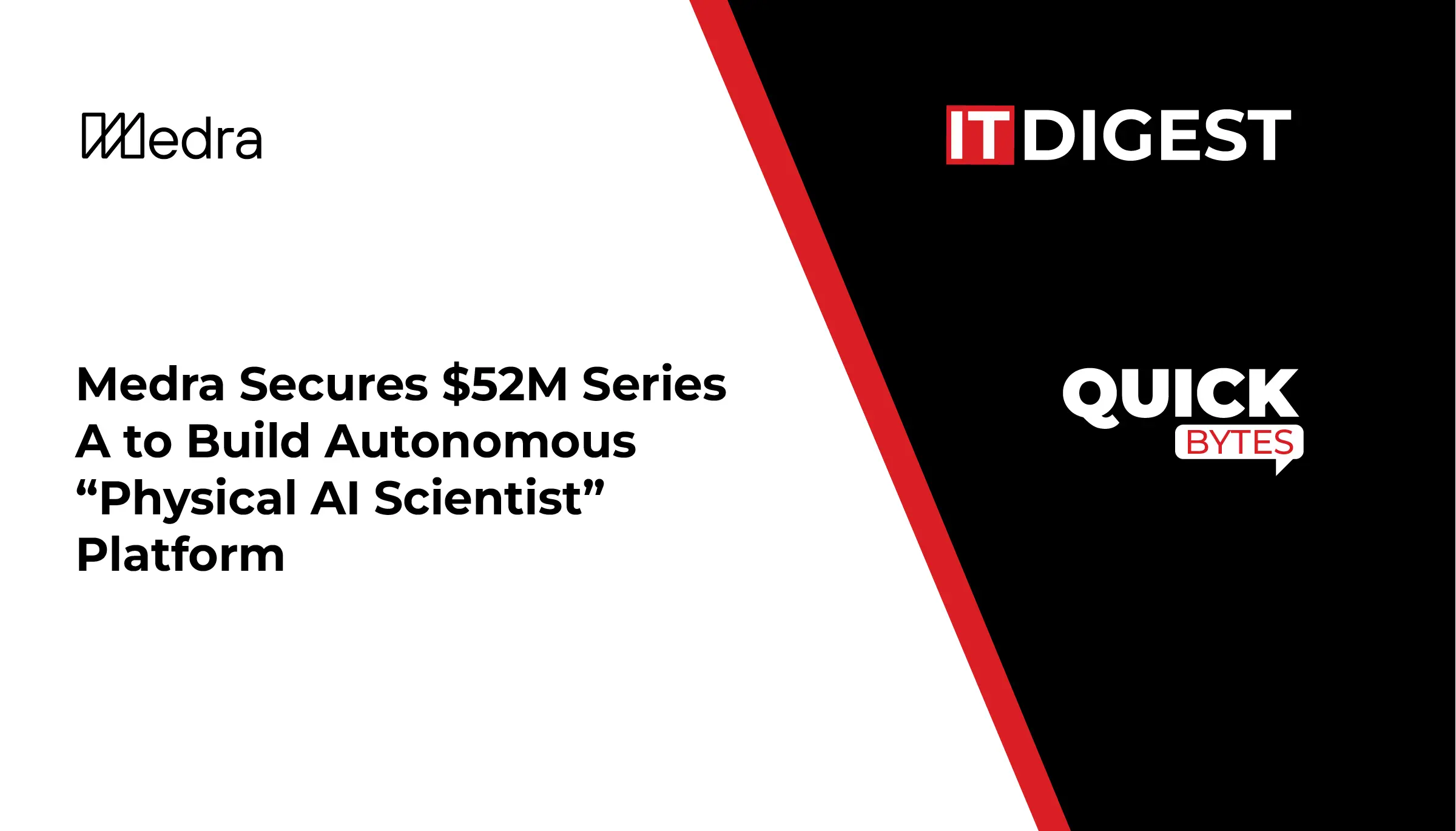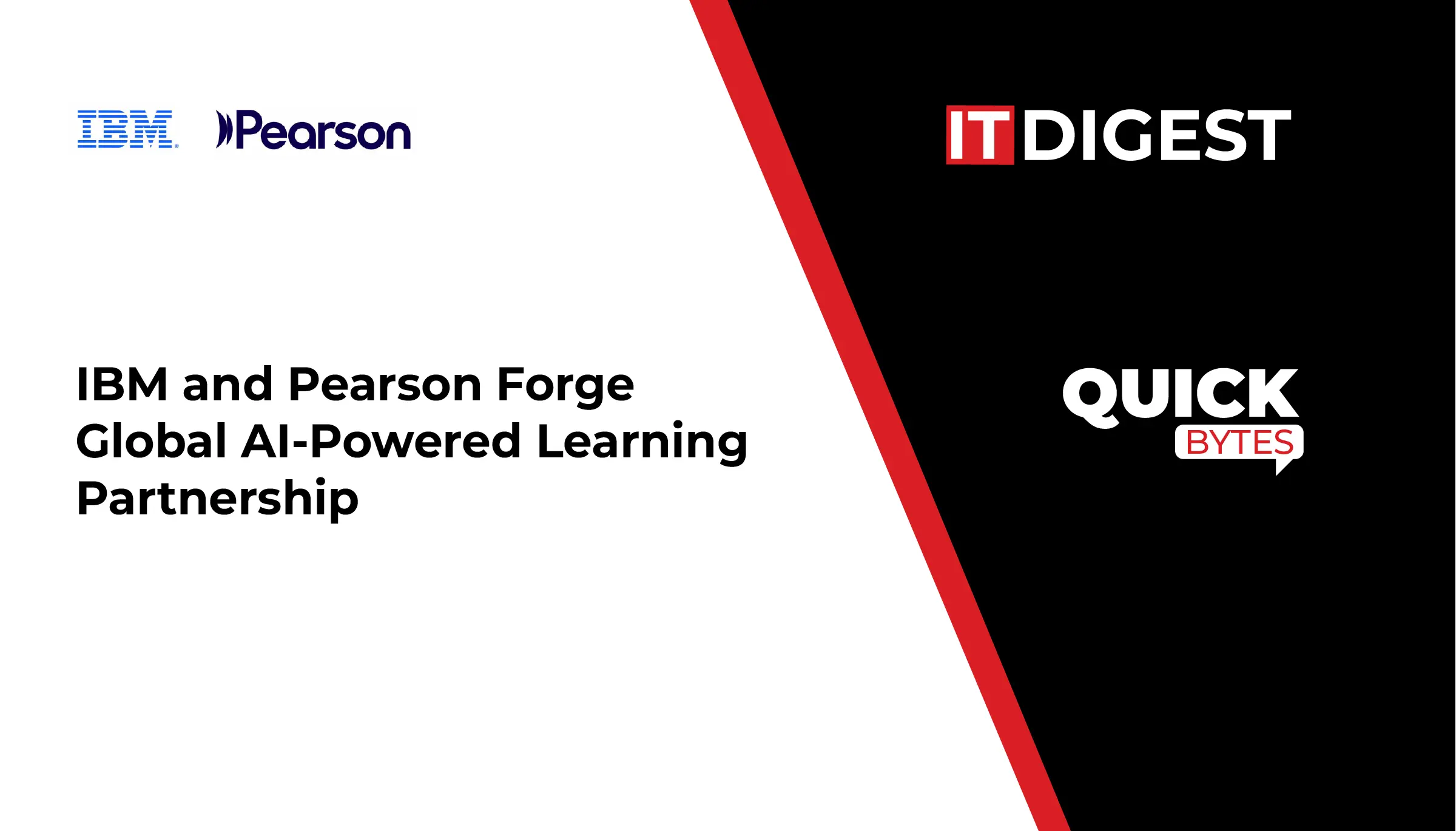OpenAI announced another offering, Aardvark: “an agentic security researcher,” which is now available in private beta. Per the announcement, Aardvark is powered by the GPT-5 model; it’s designed to think like a human security researcher by scanning code repositories, analyzing commit-level changes, modeling threats, validating exploitability, and even proposing patches.
Key points:
- Aardvark starts off building a threat model of a codebase before monitoring commits and code changes for new vulnerabilities.
- It tries to confirm whether a vulnerability can be exploited by running a test in a sandbox, instead of just flagging potentially vulnerable constructs.
- It proposes patches, or pull requests, by integrating the OpenAI Codex tooling, but still maintains human review.
- Internally, OpenAI benchmark testing has shown that Aardvark uncovered 92% of the known and synthetically introduced vulnerabilities in “golden” repositories.
- It has already been applied to open-source codebases, resulting in responsible disclosures of previously-unknown vulnerabilities-including some that have had assigned CVE IDs-in cooperation with open-source maintainers.
- OpenAI positions this as a “defender-first” model that acts by catching vulnerabilities early, validating real-world exploitability, proposing fixes, and hence strengthening security without slowing development.
In a nutshell, Aardvark aims to give firms an upper hand against adversaries by extending the reach of security researchers’ work, automating parts of their workflow, and embedding vulnerability detection and patching more deeply into the software development life cycle.
Aardvark’s release represents one important next step in the evolution of cybersecurity tooling and practices. Among the more significant implications of this are:
1. Automation and augmentation of security research
Traditional vulnerability detection has historically relied on a range of approaches, including manual code review, fuzzing, static/dynamic analysis, and composition-analysis tools. Aardvark’s agentic model implies a step-change: using large language models and AI-driven reasoning to perform tasks that previously required human researchers. The addition of large language models enhances the security researcher workforce, driving higher throughput.
For cybersecurity vendors, it means competition will increase: tools will need to incorporate more AI/ML-driven automation and not just rule-based scanning. Service providers will evolve from purely human-driven scanning to AI-assisted services.
2. Shift from detection only → integrated remediation
Aardvark not only detects vulnerabilities but also suggests patches through Codex and integrates into the engineering workflows, such as through pull-requests or commit-monitoring. In other words, security is becoming much more integral to development-a DevSecOps-rather than a separate gating activity on the path to production. To the cybersecurity industry, this accelerates the trend toward “shift-left” security where vulnerabilities are both found and fixed earlier.
Vendors and service providers will need to adjust their offerings: it will no longer suffice to simply publish a vulnerability report — organisations will demand the next step, the patch or mitigation, to be enabled or even automated and linked to engineering workflows and CI/CD pipelines.
3. Impacts on the Talent Model and Workforce
Security researcher talent is in short supply. With tools like Aardvark, firms may be able to scale vulnerability research with fewer human hours. For the industry, this means a potential realignment of roles: security researchers may spend more effort validating, customizing, and orchestrating AI tools rather than manually combing code. It also means that the ability to manage, monitor, and trust AI findings becomes key – vendors will need to build explainability, auditability, and accountability into their solutions (which is something OpenAI emphasizes).
In turn, this means security consulting organizations will have to articulate value delivery well beyond what could be automated by AI agents, such as threat intelligence, adversary simulation, red-teaming, governance, and risk.
4. Supply-chain and open-source risk becomes more visible
OpenAI points out, “Software is the backbone of every industry,” and thousands of vulnerabilities are reported each year.
With Aardvark applied to open source projects and offering pro-bono scanning for non-commercial codebases, the open-source supply-chain risk is pushed into the spotlight. For cybersecurity firms, this adds pressure to build supply-chain monitoring, SBOM (software bill of materials) integrations, open source vulnerability scanning, and patch-tracking into their services.
Businesses will need to pay more attention to what open-source code underlies their platforms, and vendors will likely include “AI-assisted supply chain vulnerability scanning” as a feature.
5. Competitive differentiation and SaaS security tooling
It raises the bar for companies building SaaS platforms, infrastructure, developer-tools, and DevOps. If large AI models can automatically highlight vulnerabilities, then organisations that do not use such tooling are at a disadvantage in terms of either faster detection & remediation, or cost. Cybersecurity vendors must, therefore, differentiate through the offering of things like AI-augmented scanning, continuous commit-monitoring, near real-time patch recommendation, integration into pull requests, and human audit of suggested fixes.
This may accelerate a shift toward subscription models with “AI-powered security agent” features, near-real-time scanning, and continuous monitoring rather than periodic scans or annual audits.
Also Read: Trellix Unveils No-Code Security Workflows for Faster Investigation & Response
Implications for businesses operating within or with the cybersecurity industry
For companies-whether a cybersecurity vendor, enterprise reliant on security tooling, or an end-user-the Aardvark launch carries a number of practical implications.
Faster Detection = Lower Dwell Time
A big metric in security today is “how long does a vulnerability stay undetected and unremediated.” The possibility of shrinking this time with the help of tools like Aardvark is huge. The businesses will have to consider how they might include such agentic scanning during development and operations. For instance, security teams would move away from periodic scanning to continuous scanning of commits and live code changes.
Better integration of security into development workflows
That said, DevSecOps maturity becomes even more important if security tools are integrated directly into engineering workflows–commit, pull requests, branch reviews, among others. To do that, businesses would need to invest in the education of developers, changes within their processes, integration with CI/CD, and collaboration across teams-developers, security, and operations. Security becomes a part of “every commit” rather than an afterthought.
Budget and vendor strategy changes
Enterprises using traditional vulnerability scanning, penetration testing, and/or manual code review may adopt a new category of “AI-powered security agents.” This will shift spending from manual pen-testing or periodic audits to continuous AI-assisted scanning. For cybersecurity vendors, this requires adjusting their product roadmaps to include features related to agentic AI or risk marginalization.
Risk of adversarial escalation
While OpenAI positions Aardvark as a defender-first model, the flip side is that adversaries will also likely adopt advanced AI tools. Thus, businesses cannot become complacent. The defenders’ bar is raised, but so is the attackers’ bar. The cybersecurity industry must therefore focus not only on automation of known patterns, but also on anomaly detection, adversary behaviour modelling, and proactive threat hunting areas where human insight still matters.
Compliance, governance & auditability issues
Organizations will be responsible for providing auditable, transparent tools that align with compliance frameworks, such as ISO 27001, SOC2 and NIST, as AI agents take on the tasks of discovering vulnerabilities and recommending patches. They will need to understand how such agents make decisions, how human review is built in, and how liability or risk of false positives/negatives is managed. Cybersecurity vendors will need to provide features that support governance, logging, explainability and review workflows.
Speed of innovation and competitive advantage
For the software-driven company, the ability to push code quickly while sustaining security is a differentiator. If the adoption of agentic agents like Aardvark becomes widespread, then those that do may be able to deliver features faster with a lower risk of vulnerabilities, whereas businesses lagging behind may have a higher risk of security incidents, longer remediation cycles, and potentially reputational or regulatory damage.
Conclusion
OpenAI‘s launch of Aardvark represents a paradigm shift in the cybersecurity world. By embedding agentic AI into code scanning, vulnerability detection, exploit validation, and patch recommendations, the bar is raised for security tool providers and enterprises alike. For the cybersecurity industry, this means rapid acceleration in the integration of AI, evolving workforce models, and doubling down on human oversight, governance, and adversary modeling. For businesses, this means a rethink of how security is embedded into development workflows, how vendor relationships change, how budget is allocated, and how competitive advantage may be secured-or lost-based on their security maturity.
As the volume of software vulnerabilities continues to grow and as code becomes ever more central to business operations and innovation, the demand for smarter, faster, more integrated security will only increase. The arrival of agentic security researchers like Aardvark may be a catalyst for a new era in cybersecurity-a world where speed, integration, automation, and human-AI collaboration converge. Companies that are able to adapt this shift early might very well gain not just better security but also a strategic advantage in such a world where software is business-critical.


